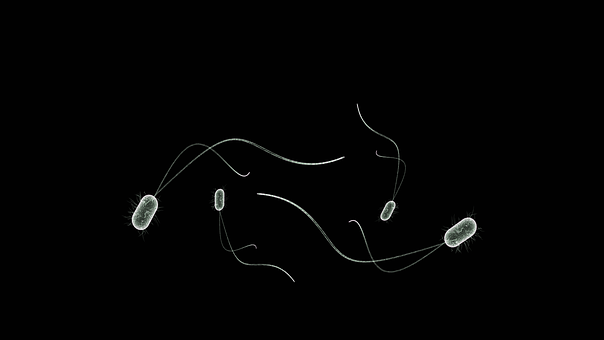Discovery of new microscopic species expands the tree of life

Microorganisms are tiny animals present in our surroundings. They are made up
of one cell. They are present at the end of the food chain. They include fungi,
bacteria, algae, etc.
Scientists have
discovered many rare species of microorganisms which were never seen before.
The discovery of these elusive species published in the scientific journal
PROTIST was done by Professor Genoveva
Esteban of Bournemouth University and James Weiss, an independent scientist
operating in his private lab in Warsaw, Poland, with his two cats.
Professor Esteban
said, "Biodiversity at a microscopic level is not as widely understood as
other areas of nature, even though whole ecosystems depend on it. Some of
these species are completely new and others have not been seen for over a
century. We documented many curious behaviors in them and carried out a DNA
analysis of them for the first time. This means we can understand more
about their relationships with other microbes and find new branches for them on
the tree of life," Professor Esteban continued.
The tree of life is a model used for studying the relationships among various organisms.
The very rare and new organisms include Legendrea loyezae. Researchers are not sure about the origin of the name of the organism. But they suspect that it is kept behind a person as Legendre is a common French surname.

The researchers have also discovered a new Lacerus. It generally means having irregular edges due to the serrated appearance of edges. They also discovered Apertospathula which is defined as ventral mouth opening.

These new species have not been named yet but the researcher is thinking to name this organism in such a way that it finds effective and attractive to people of all ages.
Researcher Weiss said,
"Most organisms on the tree of life are microscopic. Most life on Earth
has always been microscopic. Microorganisms were the first predators on Earth,
their greedy appetites were one of the leading factors of the evolution of more
complex life in the early ages of Earth”.
“As prey developed
better defenses, predators needed to develop better ways of catching them.
After the evolution of multicellular, complex life they became the main food
source for others such as krill and plankton, which in turn are food for larger
species. If the organisms at the very bottom were removed, all other parts of
the food chain above them would collapse too," he added
The duo of researchers
worked for 18 months. They investigated thousands of samples from water bodies
all over but mainly in Poland. After collecting the samples they isolated the
microorganisms, then they were able to study which organisms were new to
science and which were rare.
Professor Esteban
said, "As with all forms of wildlife spotting, the more you look, the more
you find. By taking so many samples, almost every day, we knew we could find
something new. The more we know about the microscopic world, the more we can
learn about the rest of their habitats where all other forms of life
survive."
Their approach to
science and discovering these rare species will help people to learn more about
life at the microscopic level. The researchers hope that this study will
inspire people to get into science and will increase the importance of
microscopic life.
Story Source:
Materials provided by Bournemouth University. The original text of this story is licensed under a Creative Commons License. Note: Content may be edited for style and length.
Journal Reference:
James Weiss et al, The Extraordinarily Rare Ciliate Fauré-Fremiet, 1908 (Haptoria, Ciliophora), Protist (2022). DOI: 10.1016/j.protis.2022.125912

0 Comments